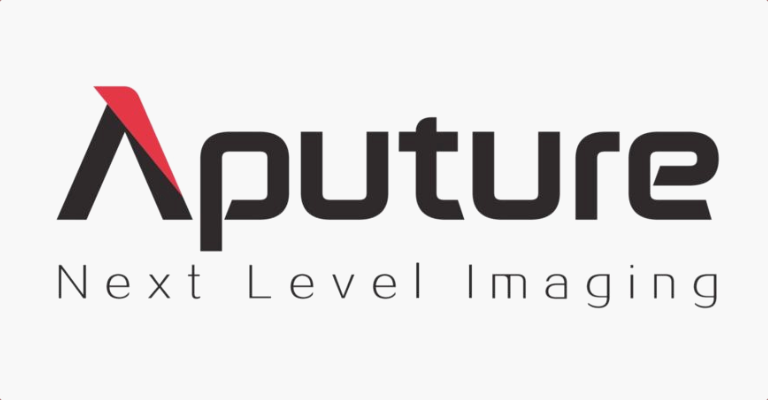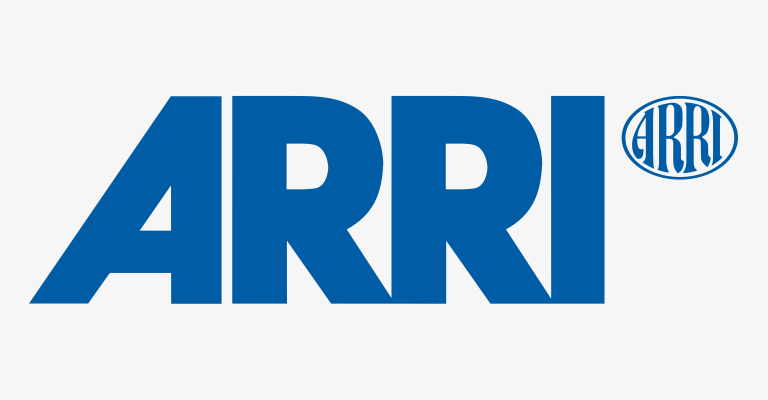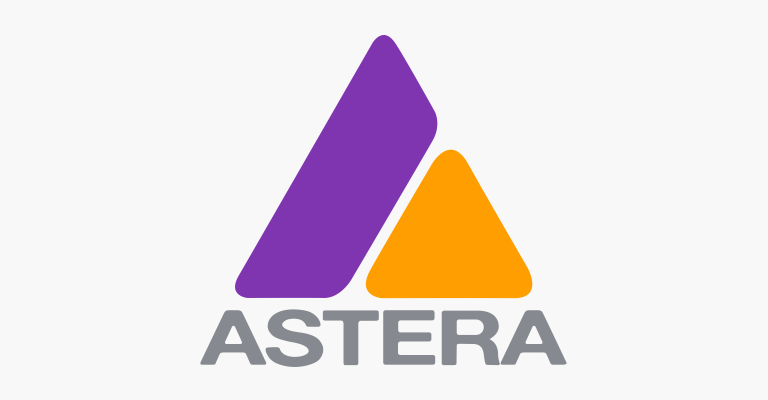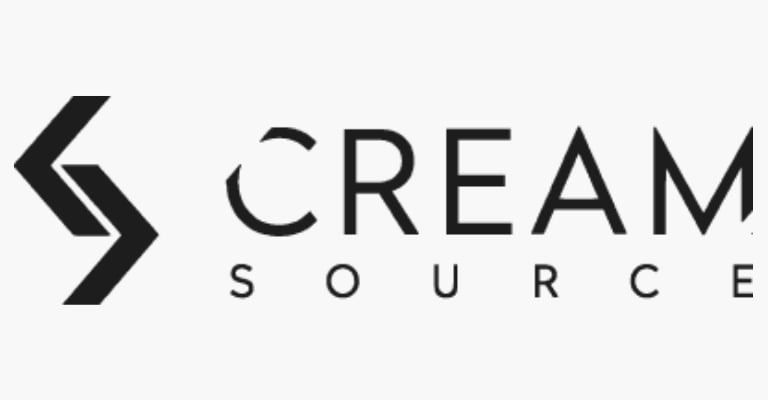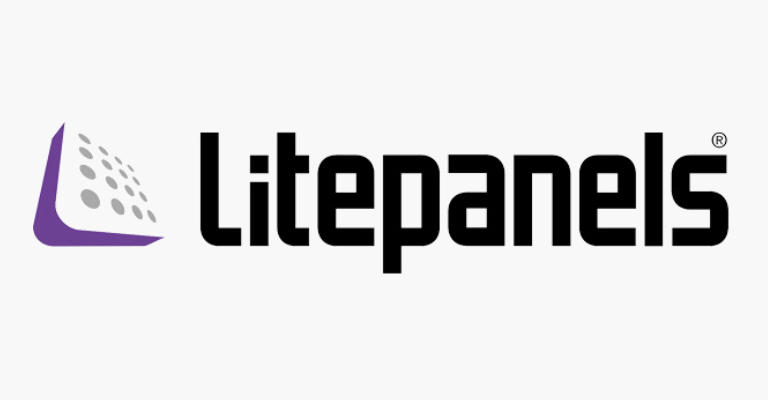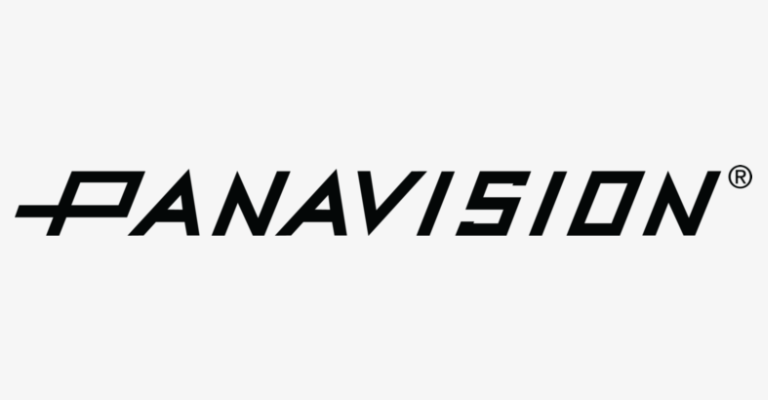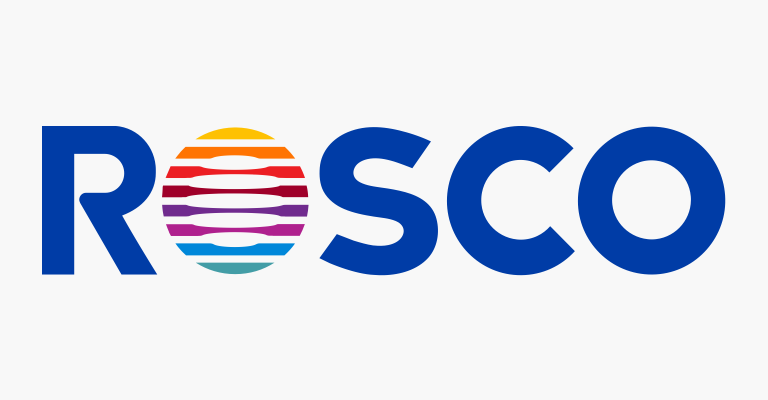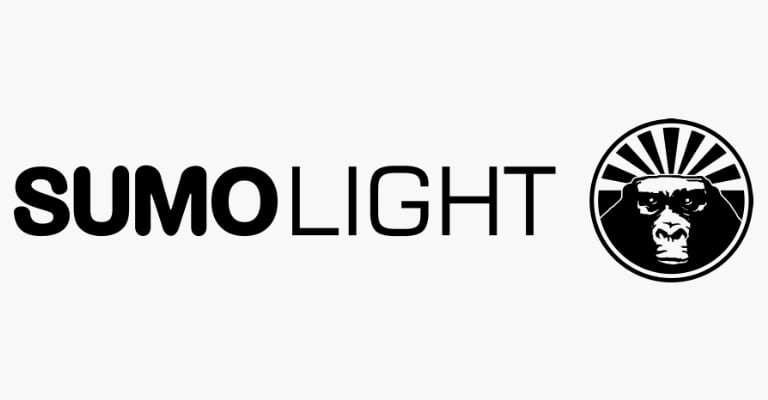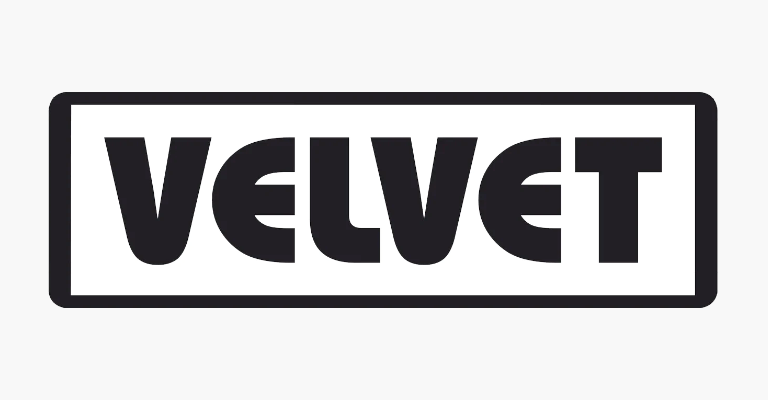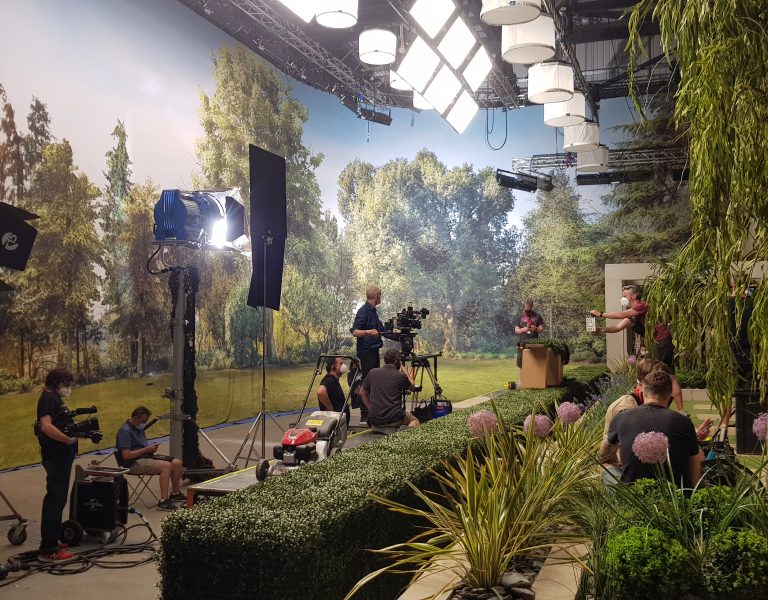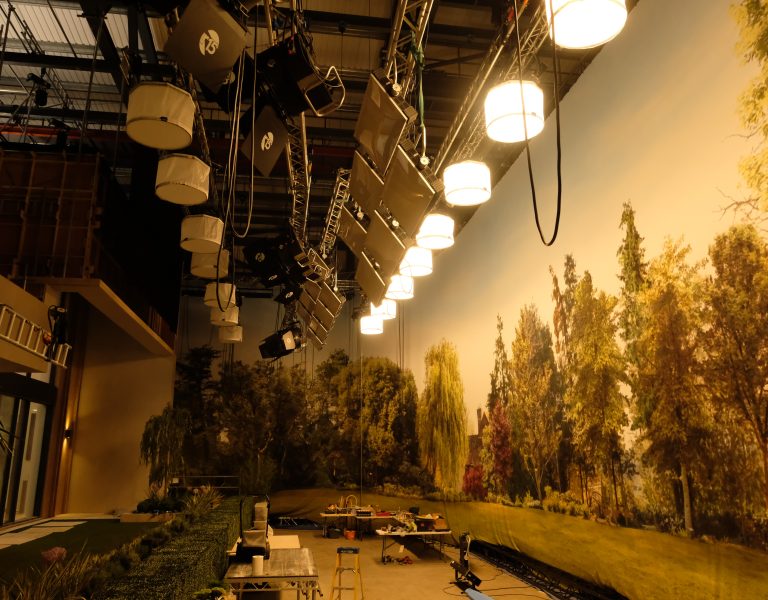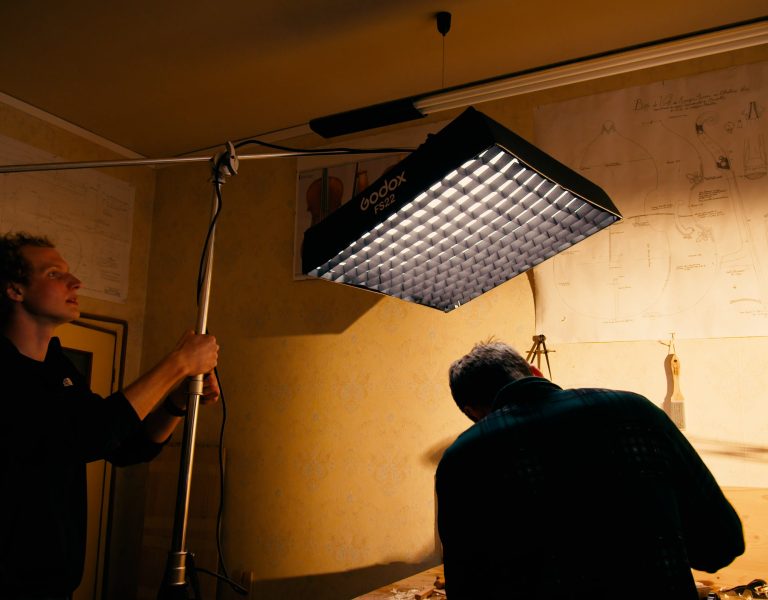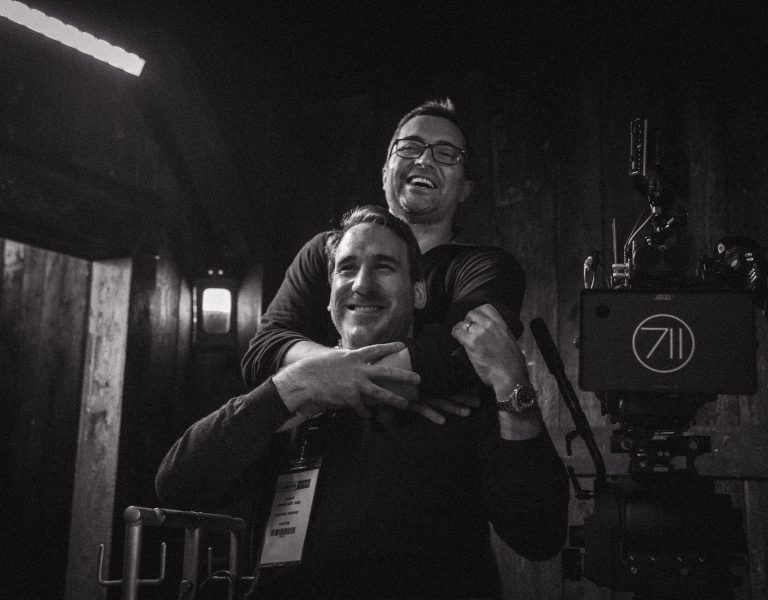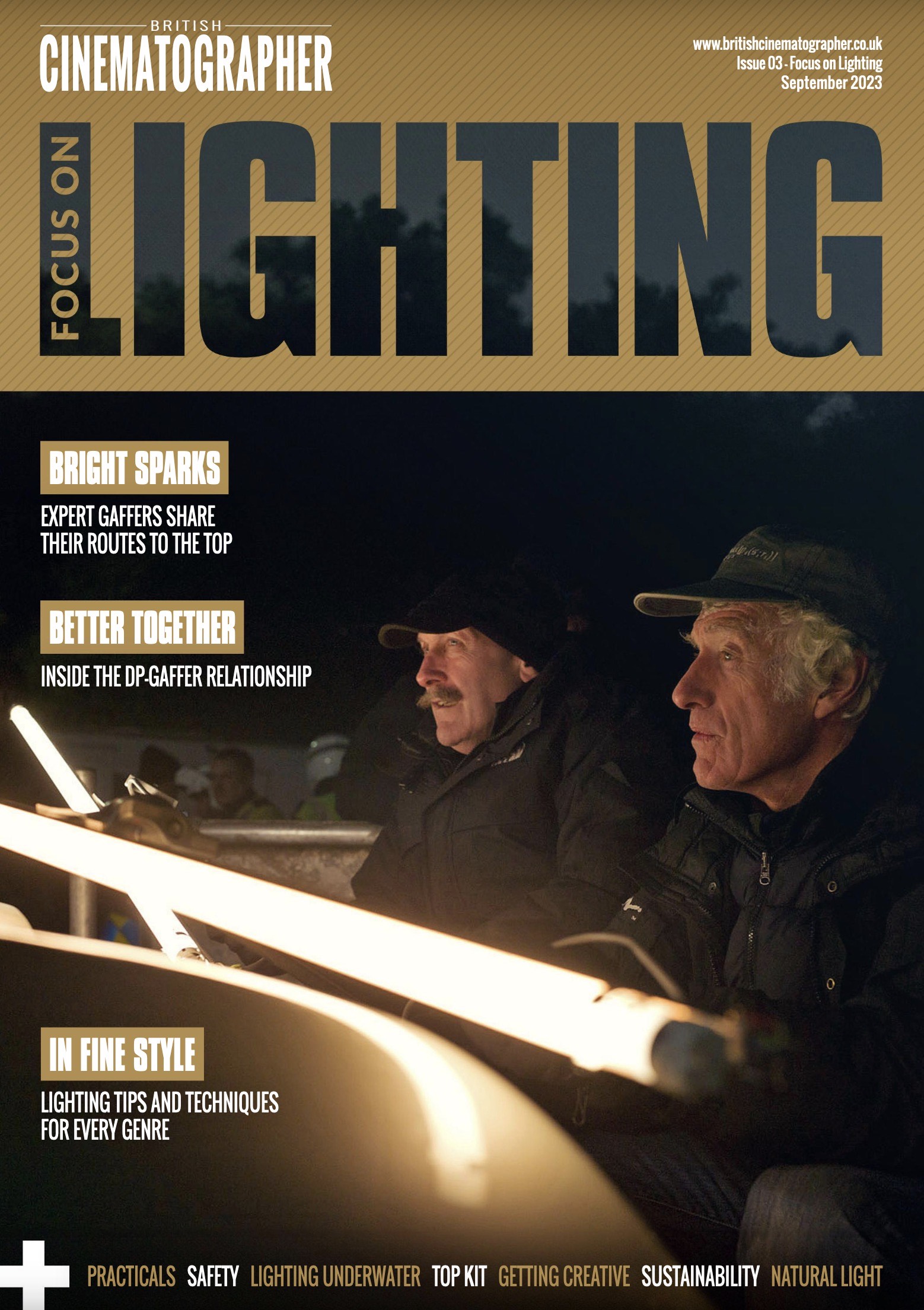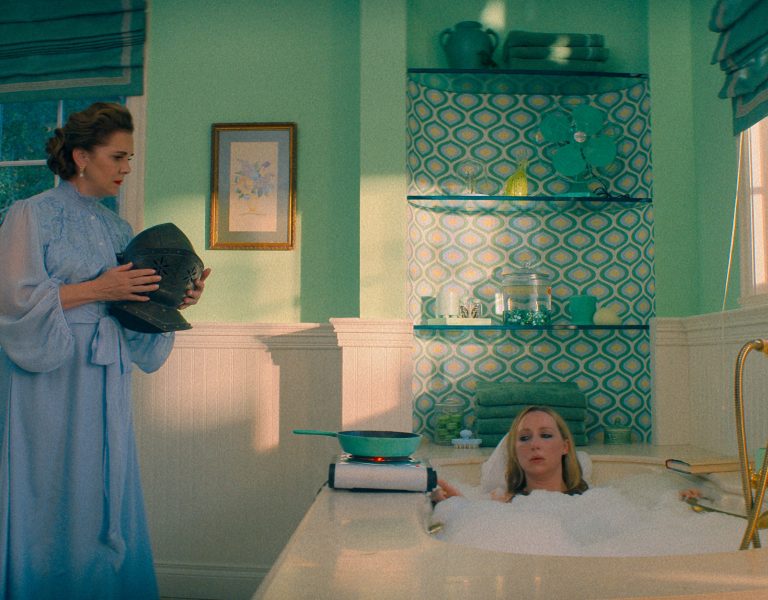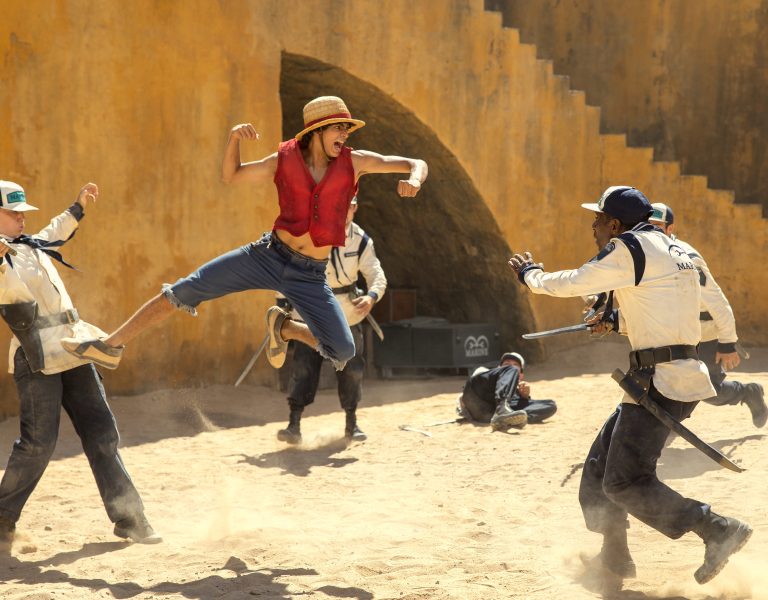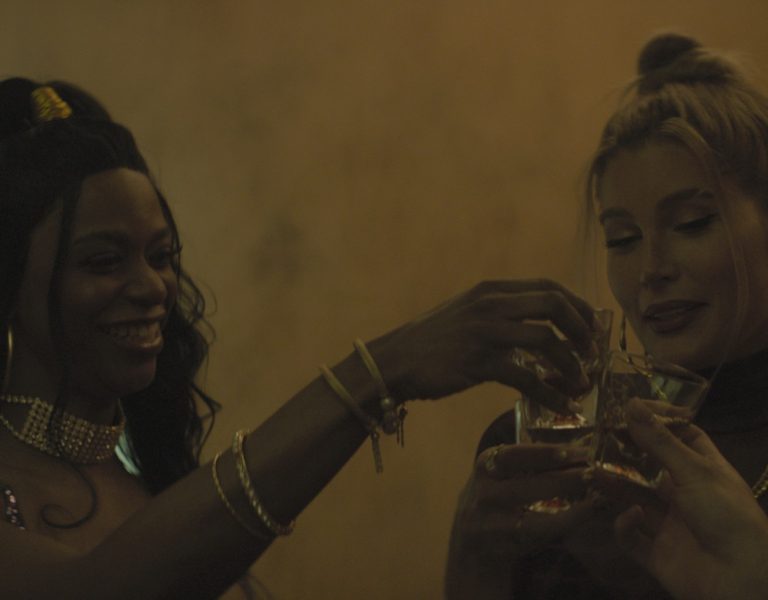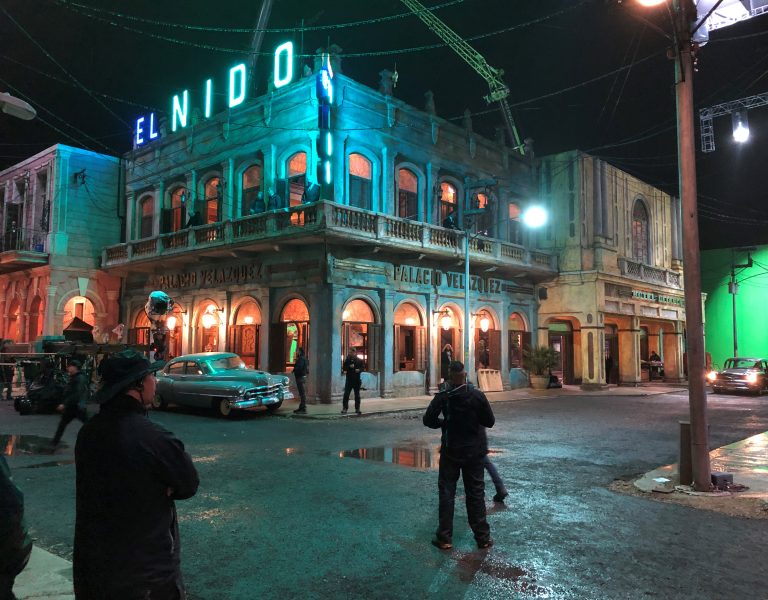Gaffer Wayne Shields reveals how he uses Astera Tubes on Back in Action, Deadpool 3 and Apple TV+ series Disclaimer.
“I can generally suss out how the DP likes to work after a couple of weeks shooting,” says gaffer Wayne Shields. “Most of the work is done in prep but their style of shooting, the type of lighting they prefer, which angles they like to use, and how they like to soften lights will be clear when you get to set.”
Shields is one of the most experienced lighting technicians in the business, having spent over a decade in his native South Africa learning the ropes on commercials before international film and TV production took off there.
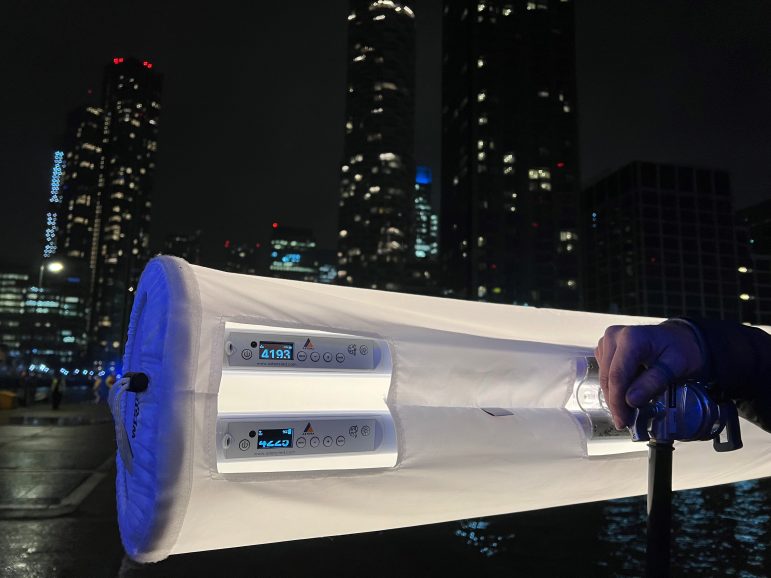
In the last five years he gaffed on The Witcher (seasons 1 and 2), Paramount+ series The Man Who Fell to Earth (2021) and The Covenant (2023) with DP Ed Wild BSC for director Guy Ritchie on location in Spain. His collaboration with Richmond continued on Argylle for director Matthew Vaughn (2024) and currently on Deadpool 3.
“I’ll often go through the concept art with the DP and set designer to try to recreate the creative vision as closely as possible. With George on Deadpool, we put in all the bones upfront so that on the floor we’re using minimal lighting to give the actors as much space as possible. Some DPs tend to fill up the floor with lights which can inhibit the actor’s movement.”
Shields first started working with Astera Titan Tubes on The Witcher in 2018. “The latest versions have a built-in battery so you can run up them wirelessly for up to 20 hours which makes it so much easier to use on set. When you need to add a quick light under a table or behind a curtain you just reach for a Titan. They are very versatile and the colour range is also fantastic.”
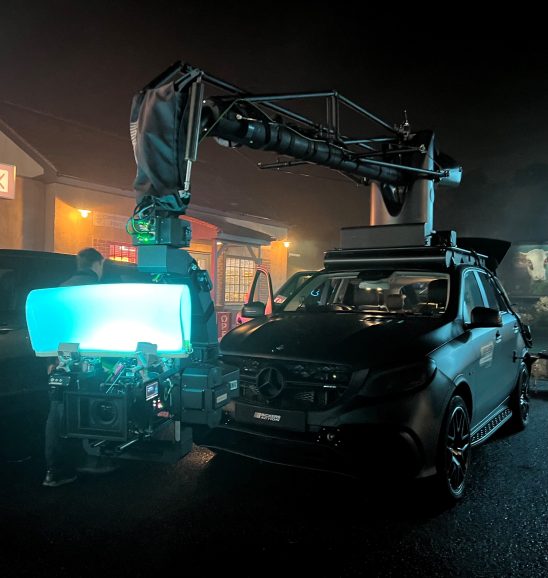
What Shields particularly appreciates is that Astera use the same core engine across its range. He says, “Titan, Helios and Hyperion all have the same LED technology inside so you know what you’re going to get every time you pull it out. Shooting is a lot easier and quicker when you don’t have to run a cable in every time you need to add a light. Astera Tubes are a game changer with speed and control.”
For Back in Action, a forthcoming Netflix action-comedy directed by Seth Gordon, DP Ken Seng wanted to recreate the specific colours of a petrol station set from some stills photos.
“Ken and I spoke about putting Titan Tubes along the top because he wanted to be able to change the colour. We did quite a bit of testing to match the colour he wanted for the street lights and the top and bottom of the station canopy. Astera just gave us the control of being able change whatever we wanted and to switch off certain areas to minimise the VFX.”
Also on Back in Action, they shot car work in a volume using Titan and Hyperion tubes for interactive light outside the vehicle. “Inside the car we used HydraPanels and Helios tubes which we covered in Depron to make the light nice and soft.”
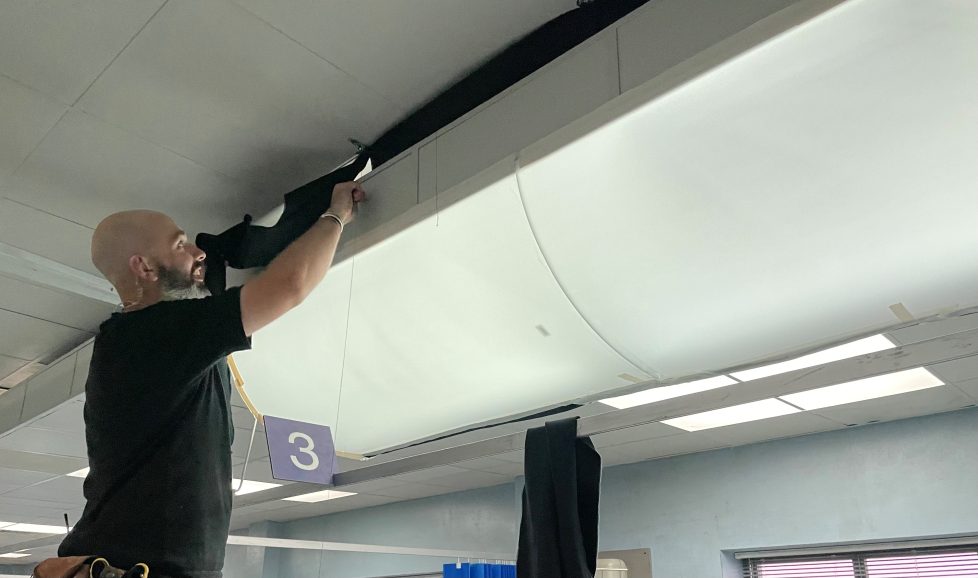
Creative input
Working with Emmanuel ‘Chivo’ Lubezki AMC ASC (and Bruno Delbonnel ASC AFC) on Apple TV+ series Disclaimer, directed by Alfonso Cuarón, Shields mixed ARRI SkyPanels with Astera products.
“We used a lot of Asteras on that job because Chivo liked the dimming curve colour rendering and mixing capabilities. We had a lot of cues with lights going on inside a house set so we needed to pair Astera Tubes with a light switch and practicals, so that everything came on in synchronicity.”
He adds of the three-time Academy Award winner, “Chivo is so involved in every aspect. He knows every detail of every light. That made it challenging, but I’ve got so much respect for him.
“Other DPs will tell you how to do everything and won’t encourage your own creative input. In those cases, it’s less of a collaboration and you’re more of a technician. As you get older and accumulate more experience, you’re able to walk onto a set and know how to light before the DP asks for it.”
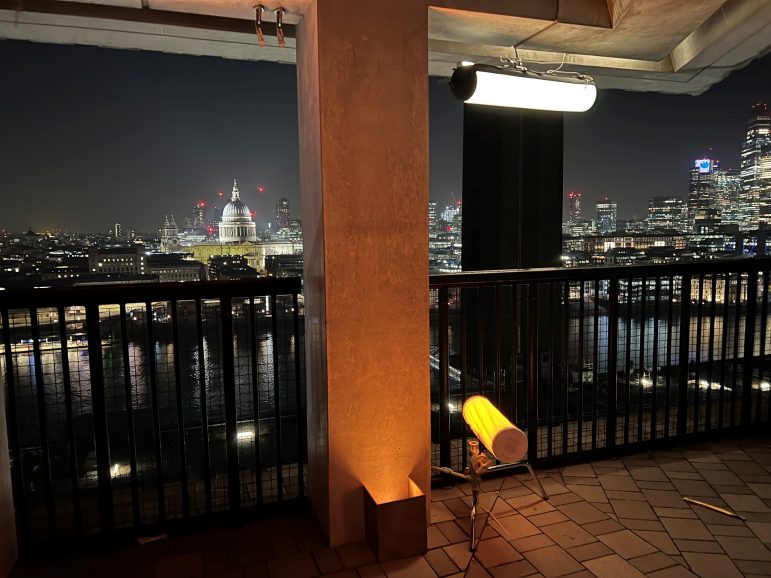
Shields’ experience as cinematographer on Death Race 3: Inferno (2013) gave him newfound respect for DPs. He recalls, “Lighting is one thing the gaffer can concentrate on, but the DP has to be on top of every department all the time. You are almost constantly prepping for the next day. After I’d finished that job, I was like, ‘That’s it, I’m more than happy to be a gaffer!’”
As a board member of the International Cinema Lighting Society (ICLS), Shields is able to exchange information on lighting designs with peers and give feedback to manufacturers.
One of the most significant gaps in the market has been the lack of effective LED-based Fresnel lighting. “Every manufacturer is trying hard to come up with LED Fresnels,” he says. “You get a certain quality of light from a tungsten lamp so it’s about recreating that with an LED and avoiding it feeling electronic. Also, when you put an incandescent bulb behind a glass Fresnel it creates a certain look because of the way a bulb shines through glass. The trick is trying to create that with LED.”
Astera has just launched its new Fresnel series: the compact PlutoFresnel and the larger LeoFresnel. By developing LED lights specifically for integration with a Fresnel lens, Astera aims to provide all the benefits of LED – including lower power draw, higher output strength, precise colour control, lightweight profile and full installation/application flexibility. All while still providing gaffers with the specific creative qualities associated with Fresnels, particularly in relation to portrait work and the replication of daylight settings.
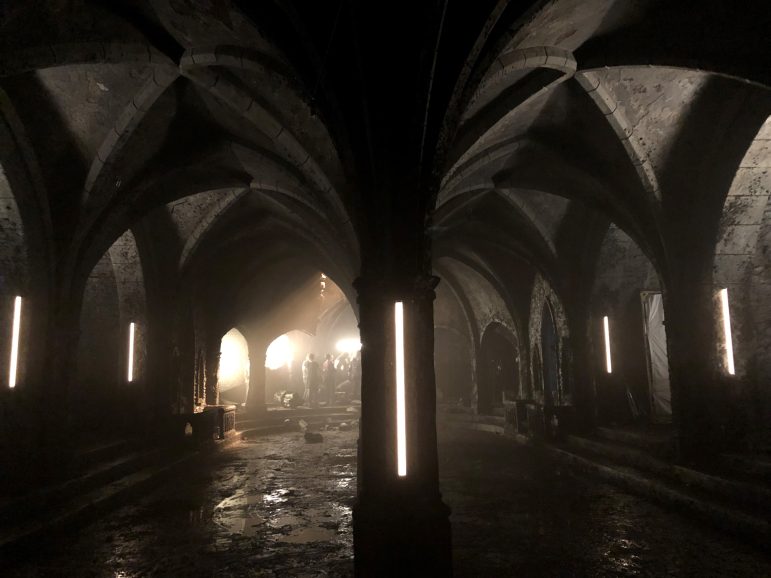
Shields tends to work with the same lighting crew on every job. “It’s very important,” he says, “you can be the best gaffer in the world but you will always suck without a good team.”
In Shields’ corner is charge hand Ben Caldwell. “He and I will run the floor when we’re shooting, and the rest of the boys will be outside bringing in the gear we request. It speeds things up with just the two of us. I know I can step away from the set at any time and he can run the floor. It will be a sad day for me when he goes off to gaff on his own.”
Best Boy Raz Khamehseifi is another key member. “Behind the scenes he is worth his weight in gold.” Other valued teammates include Scott Parker, Devan Green, Aaron Bartlett, Dean Coffey, Mark Robinson, and Ross O’Brien.
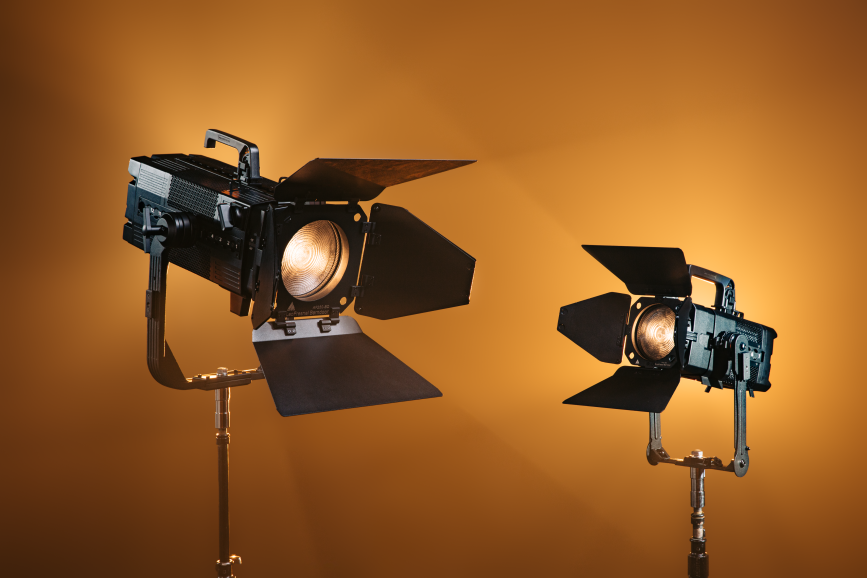
Concerned about bringing through next generation talent, Shields endeavours to get a couple of trainees onto each job. Alfie Green is his current trainee and Ben Saunders is junior spark.
“Technical lighting teams are getting bigger as lighting becomes more sophisticated,” he says. “What’s great is that my desk op Ed Kirby (or DMX tech Katie Spencer) can sit inside the set with an iPad next to the DP and adjust any of a hundred lights with full control over parameters like colour and intensity.
“We try to create a really good working relationship. They are the best team in the business.”
–
Words by: Adrian Pennington
This article was paid for by Astera
